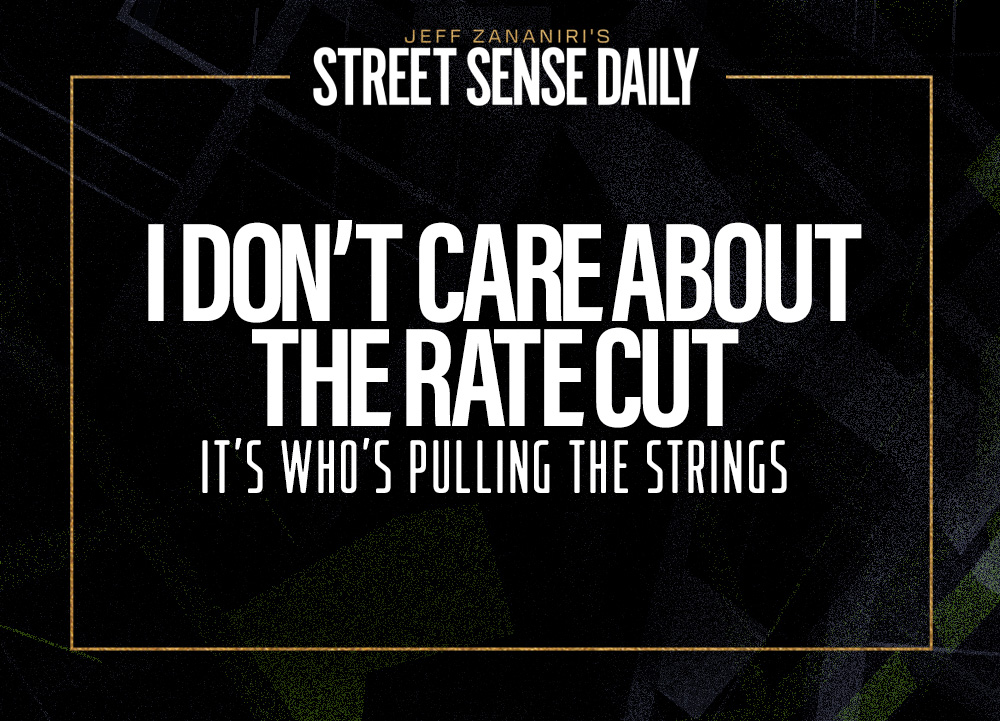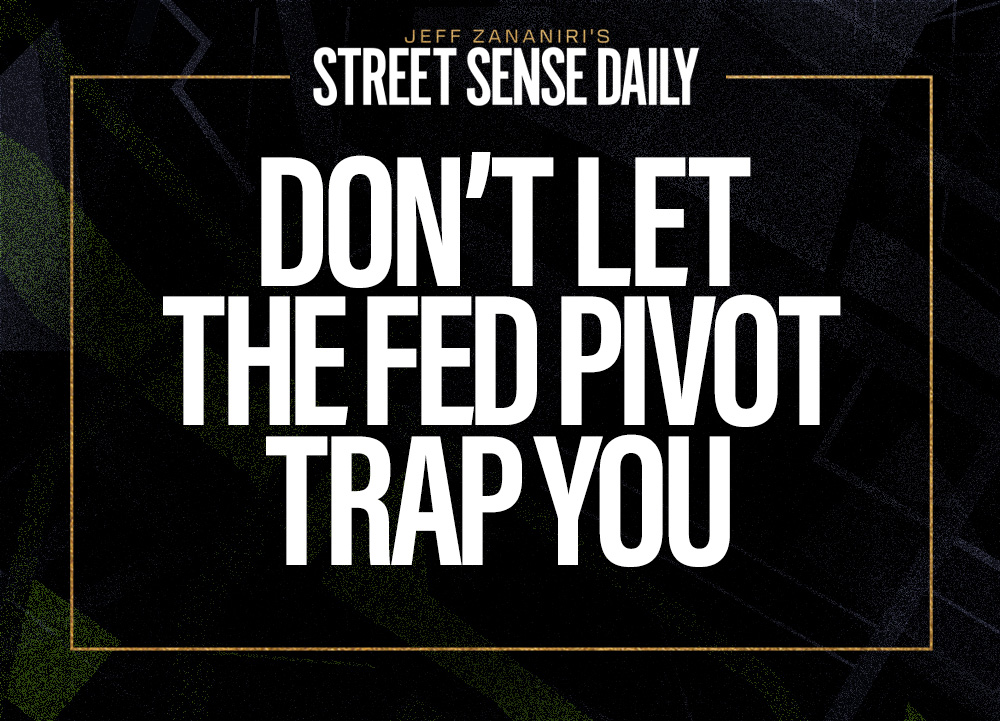Today the Fed will make its long-awaited rate-cut decision, which everyone from Wall Street to Main Street to 1600 Pennsylvania Ave. has been watching and waiting for — and in some cases, shouting about — for months now.
Everybody wants to know: Are we finally getting a rate cut? If so, how much?
First of all, the answer is probably yes and probably 25 basis points, respectively.
But the bigger question people should be asking themselves is who’s really running the Fed now?
Although the headlines might focus on inflation, GDP, or job growth, none of that matters if the Fed is no longer independent.
And based on what’s happening right now — that independence is all but dead.
Stephen Miran, one of President Trump’s economic advisors, just (barely) squeaked through Senate approval to become part of the Fed’s 12-member Board of Governors.
That’s right — Miran will have a say in today’s rate decision and as he fills out the term vacated by former Fed Governor Adriana Kugler that ends in January.
For now, Miran says he’s taking “unpaid leave” from the White House while serving on the Board. Uh huh.
Here’s what I think about that and how you can trade it.
A New Face in the Crowd
What the president just did with Miran was like asking a player to ref the Super Bowl while still wearing his team’s jersey.
And you can’t make this stuff up — Miran will be sitting across the table from him is Lisa Cook, the very same Fed governor Trump recently tried to fire for alleged mortgage fraud.
The only reason she isn’t gone is because she’s suing Trump for the attempted termination.
So now you’ve got political appointees staring each other down inside the Fed.
This isn’t just monetary policy anymore.
It’s trench warfare with interest rates as the weapon.
And What About Traders?
Now let’s get to the part that matters to you.
Every trader needs to throw out the old rulebook.
This used to be simple: Follow the data, listen to Fed Chair Powell, position accordingly.
But now?
You have to think like a strategist. Like someone playing a long game of political chess and not short-term economics.
If Trump is actively placing allies inside the Fed months before an election, what does that tell you?
It tells you this: Rate policy is going to bend to political will.
It also tells you that this week’s cut (if it happens) won’t be the last.
Miran’s presence signals a clear intention to push rates lower — fast — and not because it’s the best move for the economy but because it’s the best move for the campaign.
And that means the Fed will now behave like the market itself — reactive, headline-driven, and emotionally charged.
You can feel the pressure in the VIX already.
What the Market’s Missing
The average investor thinks a rate cut is always bullish.
That’s not how this works.
If the Fed cuts now — despite unemployment still being low at 4.3% — it sends a message: They’re panicking.
It tells the market that the Fed is no longer in control, that someone else is pulling the strings. And that freaks out institutional money.
When institutions get nervous, they sell strength and buy protection.
I’ve seen this movie before.
Back in 2007, I watched a lot of smart people ignore political noise — and they got steamrolled when rate policy started flipping with zero warning.
The more politicized the Fed becomes, the more binary these meetings get. It’s not about 25 basis points.
It’s about whether the Fed still has any credibility at all.
If the answer becomes “no,” buckle up — risk assets will reprice fast.
How to Trade It
Let’s keep it simple.
When the Fed becomes a political tool, you stop trading them like academic economists.
You start treating Fed meetings like earnings events.
That means big premium buildup in the options market … and massive opportunity for traders who can read the room and time their exposure.
And the sooner you start trading like that’s true, the more edge you’ll have.
I didn’t spend 20 years on Wall Street watching economic theory win trades. It never did.
What won was watching who had the power, what they wanted, and when they were going to make their move.
Now you’ve got a Fed boardroom quickly filling with political operatives.
The gloves are off.
So while everyone else is watching Powell’s tone and parsing his “dot plot,” I’m watching who benefits — and positioning ahead of the herd.
Stay street smart,
Jeff Zananiri
P.S. Join Aaron Hunziker Saturday at 4 p.m. ET to learn how to double or triple your game using quick, strategic options.
He’ll pull back the curtain on a strategy that has shown the potential for steep gains if you know how to use it right.
*Past performance does not indicate future results



